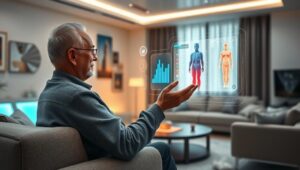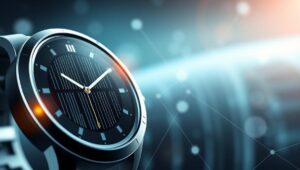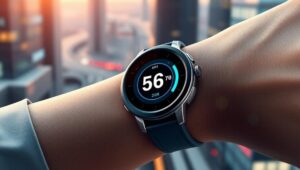May 25, 2025
The Role of Low-Power Wide-Area Networks (LPWANs) for Gadgets (2025)
The Role of Low-Power Wide-Area Networks (LPWANs) for Gadgets (2025) As we advance into 2025, the Internet of Things (IoT) continues to permeate nearly every facet of our lives. From smart homes to wearable technology, the proliferation of gadgets demands robust and energy-efficient network solutions. Low-Power Wide-Area Networks (LPWANs) are emerging as a pivotal technology, providing the connectivity backbone for a vast array of devices. This article explores the critical role of LPWANs in supporting the functionality and scalability of IoT gadgets in the near future. Understanding LPWANs LPWANs are characterized by their ability to provide wide-area coverage while consuming












